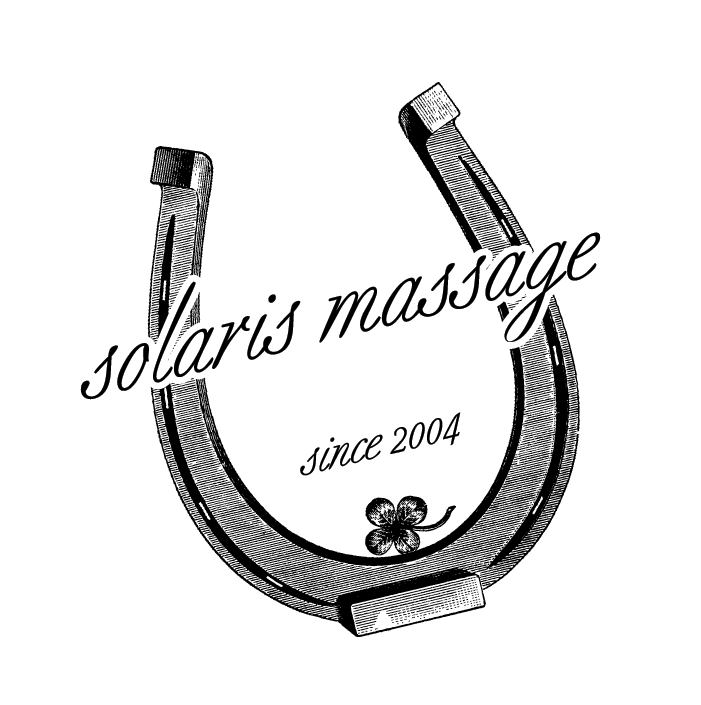Can You Use Your FSA/HSA for Massage?
Massage can be a powerful part of your journey to health and well-being, whether you have a specific health condition or are looking to relieve stress.” The health benefits of massage therapy are well documented. With proven ability to reduce stress, pain, and muscle tension, massage therapy is increasingly becoming part of people’s health care regimen.
If massage is an integral part of your healthcare routine, can you pay for massage therapy with your HSA or FSA? The short answer is—maybe. Health savings accounts (HSAs) and flexible spending accounts (FSAs) can help you cover the cost of your treatments if they are considered a qualified medical expense. So what does that mean, exactly?
According to the IRS, “Medical expenses are the costs of diagnosis, cure, mitigation, treatment, or prevention of disease, and for the purpose of affecting any part or function of the body. Medical expenses include payments for legal medical services rendered by physicians, surgeons, dentists, and other medical practitioners.” This definition can be a bit squirrely, and the way medical expenses are defined will vary greatly depending on your healthcare plan. While we can’t guarantee that a massage will or won’t be covered, we can give you a few tips on how to make the case a little more likely.
The first step to getting your massage therapy sessions covered by your HSA or FSA plan is to confirm that your massage therapist is adequately qualified in your state. Most states have regulations for massage therapists including licenses, registration, or certification requirements. The good news? All of our massage therapists at Solaris Massage are licensed by the state of Missouri.
The next piece of the puzzle is to carefully consider how massage will improve your health. According to the IRS, “Medical care expenses must be primarily to alleviate or prevent a physical or mental disability or illness. They don't include expenses that are merely beneficial to general health, such as vitamins or a vacation.” If you receive massage therapy simply because you enjoy it, that’s great! But it won’t hold up under scrutiny from your healthcare provider.
If massage means more to you than an occasional luxury, consider acquiring a medical letter of necessity. This is a formal document made by your doctor that states a certain test or treatment is right for you. You can your doctor can discuss your condition, how many sessions per month you may need, and how long you should undergo treatment (12-14 months, for example).
Examples of health conditions that often merit massage as a medical necessity include stress, back pain, diabetes, arthritis, carpal tunnel syndrome, hypertension, fibromyalgia, chronic fatigue, anxiety, depression, and management of chronic pain. This is by no means a comprehensive list of conditions that massage can help to address. It is up to you to talk with your doctor about massage as a treatment for any condition you may be experiencing.
You can use your letter of medical necessity to file a claim with your HSA or FSA provider. Be sure to file your claim prior to seeking treatment, and keep a copy of the letter of necessity for your own records. We recommend filing it away with copies of receipts from your massage therapy sessions in case you’re ever asked to back up the expense. Please note that tips for your massage therapist are not normally eligible for HSA or FSA reimbursement, and you’ll want to plan to cover those out of pocket.
While massage therapy is never an instant cure for any medical condition, it can be an integral part of a comprehensive healthcare regimen. Be sure to discuss the pros and cons of massage therapy with your doctor before seeking treatment for any condition. And from the Solaris Massage family, we wish you a healthy (and so relaxy!) 2020.

